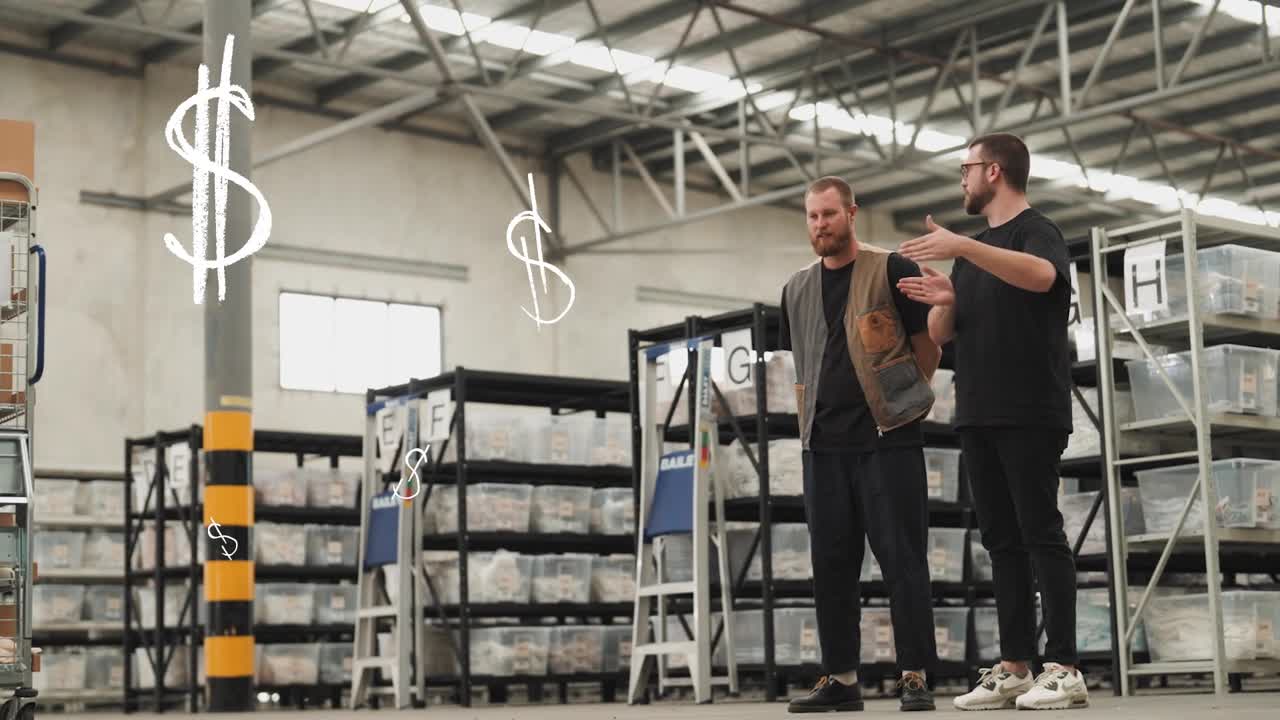The ever-evolving shape of commerce and what Shopify POS means for direct to consumer brands
It is the beauty of our industry that things are always evolving. Merchants can’t stand still and expect the same tactics, campaigns and products to work now as they did last year. Neither can tech vendors. And just because you’re one of the most definitive winners in the ecommerce vendor world, it doesn’t mean the world won’t move on without you if you don’t adapt and develop.
So when Shopify announced the release of their POS (point of sale) product in Spring 2020, it was a clear statement on the status of the commerce market. You just have to review some of the key messaging on the POS web page:
Make your business future-proof
Not just ecommerce. All commerce
Bring your in-store and online sales together with Shopify. Gain insights about your business from one view so you can work smarter, move faster, and think bigger.
They believe merchants should put Shopify as the technological core of their retail business. Why? Isn’t Shopify just a great ecommerce platform? How does launching a POS change their approach to ‘arming the rebels’. And what does this mean for all the other vendors and apps in the ecosystem who have, for the last half a decade, ridden the Shopify wave?
In the glorious ‘old days’, the tech that kept the majority of the retail industry moving was focussed on large scale distribution. Crates, pallets, boxes. Retailers with a range of physical locations – brick and mortar stores – were concerned with their ability to ship large quantities of items in bulk from warehouses to stores. Think big department stores and chains. The only customer touch point, the only place you could actually buy from the retailer, was in store, and the stock the shop had at the time was your choice. And for the most part, customers visited to take a look around a number of products and brands available, without too much emotional connection to any one brand. In the minority, of course, were the standalone brand shops: Gucci, Tiffany’s, Rolex… up market. You knew you’d be getting a seriously ‘on brand’ experience there, although from a back office perspective, distribution and shipping requirements match the department stores, just at a smaller scale.
We’re going to skip the next bit because everyone knows what happens next. Boom! Ebay. Boom! Amazon. Zappos… ecommerce is born. The novelty, then the choice, then the sheer convenience.
Whilst large retailers and ‘department store style’ companies have adopted some form of online offering, it’s really been the smaller, independent brands that have taken the online market as their battleground. Lower barriers to entry, no physical overheads, less manpower requirements, more room for creativity, brand and product to win over money and muscle. Of course, somewhere in the middle ground, companies have been equally successful maintaining a physical presence whilst building a genuine ecommerce business alongside.
Historically, whether one particular merchant does online only, physical only, or a blend, the two shopping experiences have been treated as separate. In many cases, it’s only the shared inventory at the companies’ warehouse that serves as something of a joining up point.
History lesson over… why has Shopify, a platform designed for merchants to start selling online, come out with a product designed, on the face of it, for physical retail?
Because they understand the two biggest retail trends that started in the late 2010s and will only accelerate immensely post COVID and through the 20s.
- Customers want options, convenience and consistent brand experiences
- It is impossible to maintain an engaged community without a digital-first approach
Let’s bring back those first two slogans from the Shopify page:
Make your business future-proof
Not just ecommerce. All commerce
The first one, I reckon, is a not-so-subtle nod to the effects of COVID on the retail world. Whilst high streets have been dying slowly with all the aforementioned benefits of ecommerce taking over, 2020 basically closed all the shops… Brands who did a bit online and mainly in store desperately pivoted to push online only. Brands who were already doing well online saw insane volume spikes and invested heavily into bolstering up their offering. And brands who had never previously sold online (even some of the biggest retailers in the world!) were forced to act fast and build out a direct to consumer, online offering, just to keep afloat. There were some awesome examples of that, and it just goes to show how agile the ecommerce tech industry is that retailers were able to get set up in a few weeks from scratch.
The second one ties to trend 1. Consumers have come to expect that when they shop online, they will get their order fulfillled accurately and fast. They like this convenience. So for a physical store to tell them sorry, we don’t have that item in stock, you just can’t have it, that is a huge trigger to stop shopping instore and keep online. Shopify have identified a solution. They want to merge online and offline into one, unified ‘commerce’ experience where products, inventory available AND customer information are all available in all places at all times.
This means now, a customer can order online and pick up that order in store, saving them shipping cost and adding convenience levels of getting it when they are ready, locally, and not having to wait around at home on the day of delivery.
It means customers can go to the store and, in the case that the specific size of an item they want isn’t available, they can order that size to be shipped to their home.
Returns from online or in store can be handled easily. Shop assistants can see that customer’s previous shopping history and know how valuable a customer they are to the brand. It all starts tying together, so that the customer experience online and instore becomes almost one and the same.
And why is POS any good for online only brands? Point 2. These brands are fantastic at maintaining loyal customers with content, personalisation, discounts, marketing mail etc. But as we now know, Human experience really is the new luxury. A Pop-up event or store gives you the option to take your digital world into the real, engage local audiences with your brand and let them feel it in real life with like-minded people from their psychographic. Capturing both orders and awareness in the real world, and transferring it back again to the digital, creates the virtuous circle of digital brand experience. Plus, if you’re an online only business who has an incredibly successful pop-up in one area, that’s probably a good place to put a full time store, if you want to. And in that case, you’d still go ahead with Shopify POS as you want to keep consistent with your inventory management.
Shopify are still ‘arming the rebels’. Just arming them for the latest evolution of the commerce industry: to be as customer-centric, experience driven as possible. And for all the other vendors in the ecosystem? Keep up. If you were offering deep analytics on online sales, now you need to be able to offer those same analytics on customers as a whole, when they shop online, in-store, or anywhere else. For us as a WMS, this means understanding that brands are looking to develop their offering. Whilst fulfillling online, direct to consumer orders is our speciality, being connected into Shopify means if a Shopify POS is being used, we are still able to handle pick pack and dispatch processes from the warehouse.
To learn more about Peoplevox as a WMS for Shopify merchants, head over to our Shopify Integration page.






